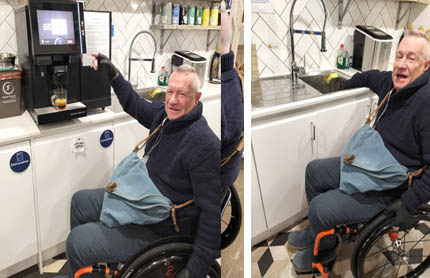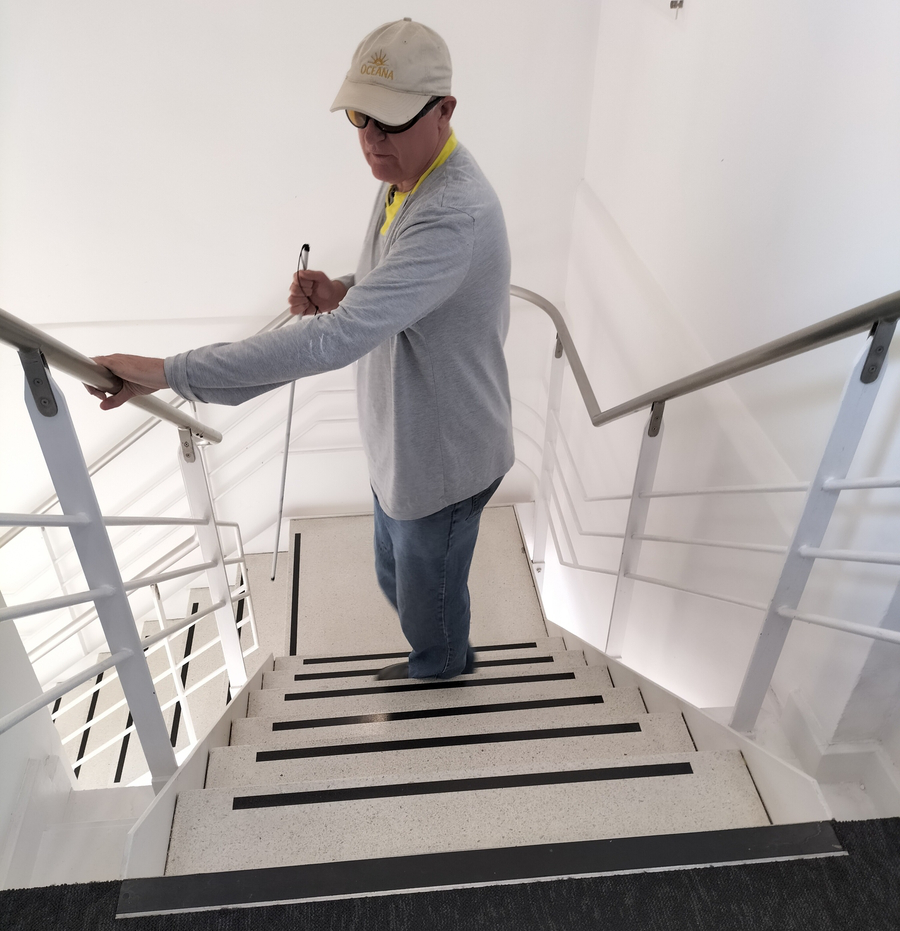

I always try to make it clear that I am not a building contractor, architect, or a building safety regulator. When I am approached to conduct an audit, I always approach it from an equality, diversity, and inclusion perspective. So, as well as the physical building, I would be looking at the whole working environment. I lead a small team, Peter and Bryan, both wheelchair users and Abi and Ian, who are both visually impaired. So, the team has genuine lived experience to bring to bear when visiting a premises.
Of course, the audit covers all the usual areas, e.g., wayfinding, arrival and parking, routes to the entrance, surfaces, entrances and thresholds, signage, services and facilities, WC's etc. but it might also report back on the experience of someone with both physical and neurological disabilities visiting the site, as well as the overall ease of navigation within the building. It might also involve, if appropriate, conversations with members of staff around accessibility, and conversations around the welcoming nature of the building.
Get in TouchSteps and height differences present barriers to wheelchair users. The solution is often simple. Wedges are available in various sizes and angles. These improve access for, not only wheelchairs but also trolleys and other wheeled deliveries.
Handrail and balustrade provision- BS standard information for reference.
A handrail should be provided on each side of a ramp or stair flight, throughout its length (including intermediate landings where this does not obstruct the use of adjoining access routes). The top surface of the handrail should be between 900 mm and 1 000 mm from the surface of the ramp or pitch line of a stair and between 900 mm and 1 100 mm from the landing.
Providing contrasting markings on the first and last section of handrail aid ease of use to staff and visitors with a visual impairment.
Often accessible toilets are far from ideal. Whilst it's important that the sink can be reached while on the toilet, but not located in the transfer space. Also, the emergency cord should have a weight and reach down to the floor. Not be tied around a grab rail.
Get in Touch